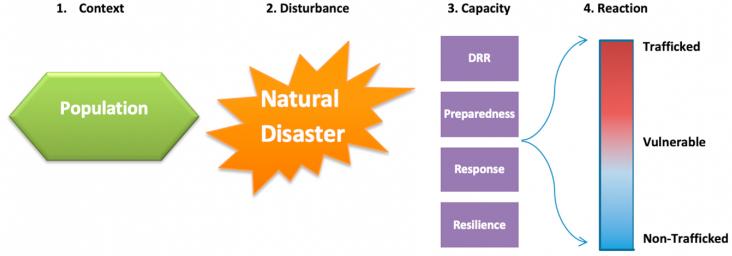A research paper, in support of SDG 3 and 10, documenting the sociodemographic factors and distribution of cofactors associated with hepatocellular carcinoma in Indigenous Australians.
Protected areas have become a vital component of the global biodiversity conservation strategy due to the increasing extinction and vulnerability of different species in the 21st century. In Ghana, besides the shared governance of protected area management, there also exists the governance by indigenous community models in which traditional structures (clans and stools) use taboos, deities, totems, and myths as tools in managing protected areas. To study the effectiveness of the various governance systems in protected area management, we compared species diversity, vegetation structure, and biomass stock of an area under shared governance (wildlife sanctuary) to communal governance (sacred grove).
The inclusion of people with intellectual disability in cultural and civic activities is an important point for discussion, particularly in the context of supporting the social sustainability of our l
Background: Half of the world's missing female births occur in India, due to sex-selective abortion.

Thailand's flood of 2011 was devastating for the communities and inhabitants of the country, affecting approximately 13 million people and causing damages totaling THB 1.43 trillion (46.5 billion USD)
Background: Genomic medicine has led to significant advancements in the prevention and treatment of cancer.
Children with disabilities in Ontario, Canada have their right to equal access to education protected by the 1990 Ontario Human Rights Code and the 1990 Education Act.
This Comment article supports SDG 3 and 10 by underscoring the need to address systemic racism in order to achieve health equity, and emphasising the need to develop more nuanced metrics to more broadly document and measure the extent and impact of systemic racism on the health of affected communities.
This Research paper supports SDGs 3 and 10 by providing national US estimates of the association between fatal police violence and pregnancy loss. Fatalities were measured within core-based statistical areas (census-defined urban areas). The findings showed that for each additional police-related fatality during the first 6 months of gestation there was a decrease in the total number of live births within the area. There was a decrease in births among Black women, but not among White women.
